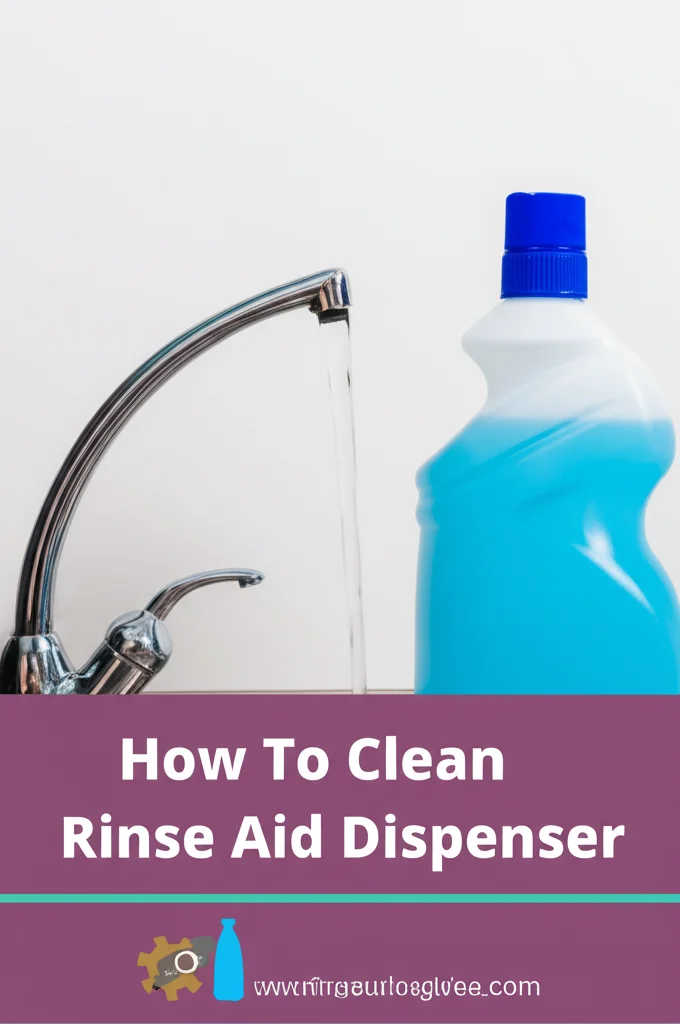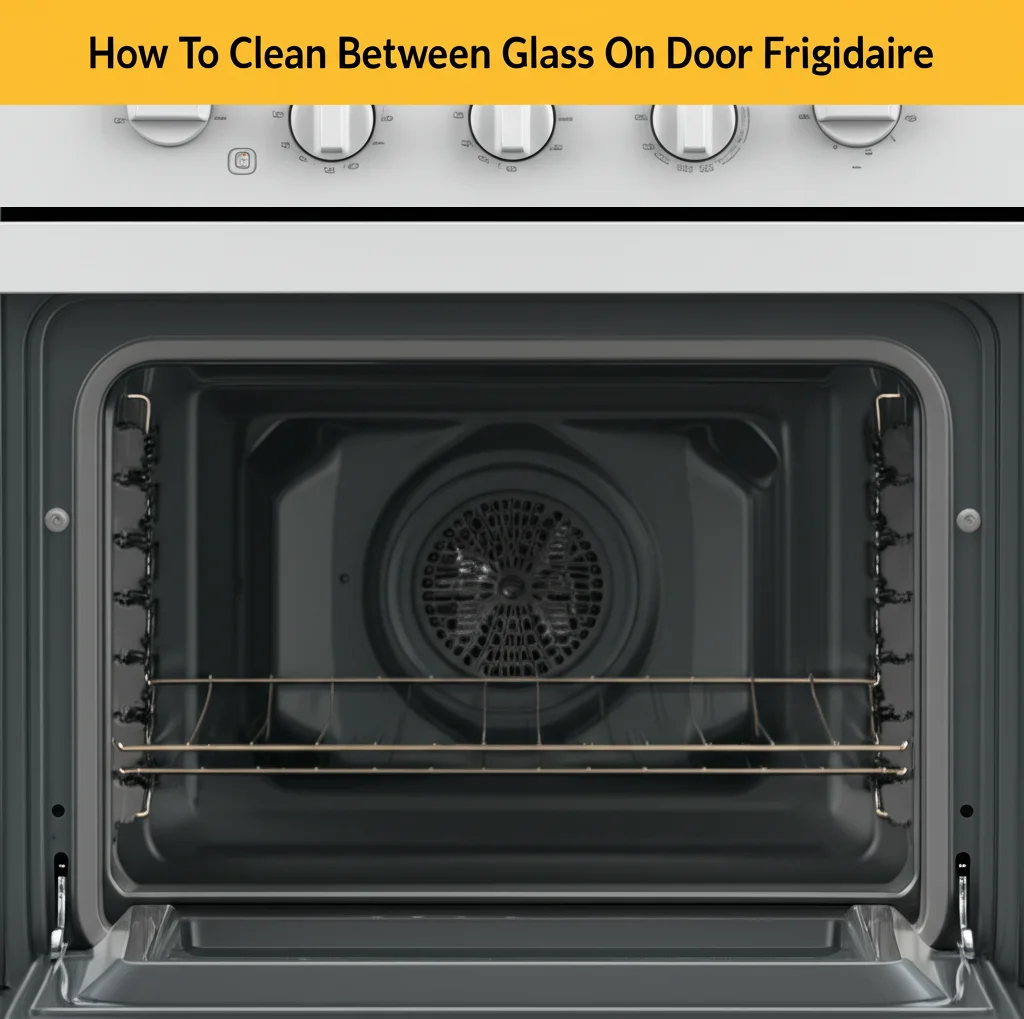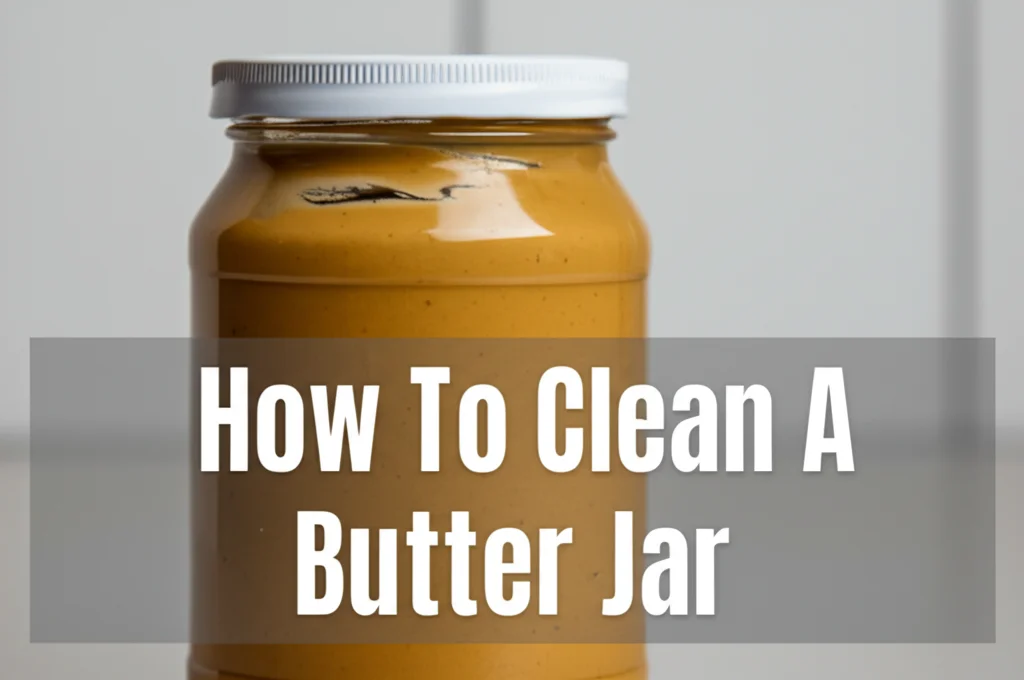· Kitchen Cleaning · 7 min read
How To Clean Rinse Aid Dispenser

Sparkling Dishes Start with a Clean Rinse Aid Dispenser
Ever wonder why your dishes aren’t coming out as sparkling clean as they should, even after a full wash cycle? The culprit might be a clogged or dirty rinse aid dispenser. Many people overlook this small component of their dishwasher, but keeping it clean is crucial for optimal performance. A clean rinse aid dispenser ensures your dishes dry spotlessly and prevents unsightly water spots. This article will guide you through a simple, step-by-step process on how to clean your rinse aid dispenser, restoring its functionality and giving you the brilliantly clean dishes you deserve. We’ll cover everything from identifying the type of dispenser you have to troubleshooting common issues.
Takeaway:
- Regularly cleaning your rinse aid dispenser prevents clogs.
- A clean dispenser ensures spotless, streak-free dishes.
- The process is quick, easy, and requires minimal supplies.
What does rinse aid do, and why clean its dispenser?
Rinse aid lowers the surface tension of water, allowing it to sheet off dishes instead of forming droplets. This results in faster drying and fewer water spots. Over time, the rinse aid itself can become thick and sticky, leading to buildup within the dispenser. This buildup restricts the flow of rinse aid, diminishing its effectiveness.
Identifying Your Rinse Aid Dispenser Type
Before you start cleaning, it’s helpful to know what type of rinse aid dispenser your dishwasher has. Most dishwashers have one of two main types: manual or automatic. Understanding your dispenser type will help you clean it effectively.
Manual Dispenser
A manual rinse aid dispenser requires you to physically fill it with rinse aid. These dispensers usually have a dial or lever to adjust the amount of rinse aid released during each cycle. You’ll typically find it located near the detergent compartment inside the dishwasher door.
Automatic Dispenser
Automatic rinse aid dispensers sense when the rinse aid level is low and automatically release the appropriate amount during each wash. These are often integrated into the dishwasher’s control panel and may not be as visibly accessible as manual dispensers. If you’re unsure, check your dishwasher’s manual. It will clearly show you the location and type of dispenser.
Gathering Your Cleaning Supplies
Cleaning your rinse aid dispenser doesn’t require a lot of fancy tools. You likely already have everything you need in your cleaning cabinet. Here’s a quick list:
- Warm Water: The foundation of our cleaning solution.
- White Vinegar: A natural descaler and disinfectant.
- Soft Cloth or Sponge: For gentle cleaning. Avoid abrasive materials.
- Small Brush (Optional): An old toothbrush works great for reaching tight spaces.
- Dish Soap (Optional): For extra cleaning power if needed.
- Paper Towels: For drying and wiping up spills.
Step-by-Step Guide to Cleaning a Manual Rinse Aid Dispenser
Now that you have your supplies, let’s get started! This process is straightforward and should only take a few minutes.
- Empty the Dispenser: If there’s any remaining rinse aid in the dispenser, empty it.
- Remove the Dispenser (If Possible): Many manual dispensers can be easily removed by pressing a release button or lever. Check your dishwasher’s manual for specific instructions.
- Soak in Warm Water and Vinegar: Fill a small bowl with warm water and add about a tablespoon of white vinegar. Submerge the dispenser in the solution and let it soak for 15-30 minutes. This helps loosen any buildup.
- Scrub Gently: Use a soft cloth, sponge, or small brush to gently scrub away any remaining residue. Pay attention to any small holes or crevices.
- Rinse Thoroughly: Rinse the dispenser thoroughly with clean water to remove all traces of vinegar and loosened debris.
- Dry Completely: Dry the dispenser completely with a paper towel before reinstalling it.
- Reinstall and Refill: Reinstall the dispenser into the dishwasher and refill it with fresh rinse aid.
Cleaning an Automatic Rinse Aid Dispenser
Cleaning an automatic rinse aid dispenser is slightly different, as you typically can’t remove it. However, you can still effectively clean it.
- Wipe Down the Exterior: Use a damp cloth with a little dish soap to wipe down the exterior of the dispenser.
- Flush with Vinegar: Pour about a cup of white vinegar into the rinse aid compartment. Run a short, hot water cycle without any dishes. This will flush out any buildup inside the dispenser.
- Repeat if Necessary: If the dispenser was particularly dirty, you may need to repeat the vinegar flush.
- Refill with Rinse Aid: Once the cycle is complete, refill the dispenser with fresh rinse aid.
Troubleshooting Common Rinse Aid Dispenser Issues
Sometimes, even after cleaning, you might encounter issues with your rinse aid dispenser. Here are a few common problems and how to address them.
- Dispenser Still Clogged: If the dispenser remains clogged after cleaning, try soaking it in a stronger vinegar solution (equal parts vinegar and water) for a longer period. You can also use a small needle or pin to carefully clear any stubborn blockages.
- Rinse Aid Leaking: If you notice rinse aid leaking from the dispenser, check the seal around the compartment. The seal may be damaged or worn out and need to be replaced.
- No Rinse Aid Dispensing: If the dispenser isn’t dispensing any rinse aid, ensure it’s filled to the appropriate level and that the dial or setting is correctly adjusted. Also, check the dishwasher’s manual for any specific troubleshooting steps.
Maintaining a Clean Rinse Aid Dispenser: Preventative Measures
Preventing buildup is easier than constantly cleaning a dirty dispenser. Here are a few tips to keep your rinse aid dispenser in top condition.
- Regular Cleaning: Aim to clean your rinse aid dispenser at least once a month, or more frequently if you use your dishwasher heavily.
- Use Quality Rinse Aid: Choose a high-quality rinse aid that won’t leave behind excessive residue.
- Avoid Overfilling: Don’t overfill the dispenser, as this can contribute to buildup.
- Run Hot Water Cycles: Regularly running hot water cycles helps prevent buildup throughout the dishwasher, including the rinse aid dispenser. Consider running an empty cycle with vinegar monthly.
If you’re looking for more ways to keep your kitchen sparkling, you might find our article on https://www.beacleaner.com/how-to-clean-kitchen-floor-without-mop/ helpful.
Frequently Asked Questions (FAQs)
Q: How often should I clean my rinse aid dispenser?
A: Ideally, you should clean your rinse aid dispenser at least once a month. If you use your dishwasher frequently, consider cleaning it more often to prevent buildup and maintain optimal performance.
Q: Can I use anything other than vinegar to clean the dispenser?
A: While vinegar is a safe and effective option, you can also use a mild dish soap solution. However, be sure to rinse thoroughly to remove all traces of soap.
Q: What if my dishwasher doesn’t have a rinse aid dispenser?
A: Some older dishwashers don’t have a dedicated rinse aid dispenser. In this case, you can add a small amount of rinse aid directly to the final rinse cycle.
Q: Is rinse aid necessary for clean dishes?
A: While not strictly necessary, rinse aid significantly improves drying performance and prevents water spots, resulting in sparkling clean dishes.
Q: My rinse aid dispenser is very difficult to remove. What should I do?
A: Don’t force it! Consult your dishwasher’s manual for specific removal instructions. If you’re still unable to remove it, focus on flushing the dispenser with vinegar as described in the automatic dispenser cleaning section.
Conclusion: A Small Step for a Big Difference
Cleaning your rinse aid dispenser is a simple task that can make a significant difference in the cleanliness and appearance of your dishes. By following the steps outlined in this guide, you can ensure your dishwasher is operating at its best and delivering the sparkling results you expect. Remember to clean your dispenser regularly and address any issues promptly to prevent buildup and maintain optimal performance. Don’t underestimate the power of a clean rinse aid dispenser – it’s a small step towards a more efficient and effective dishwashing experience. Now that you know [how to clean rinse aid dispenser], you can enjoy consistently spotless dishes!




